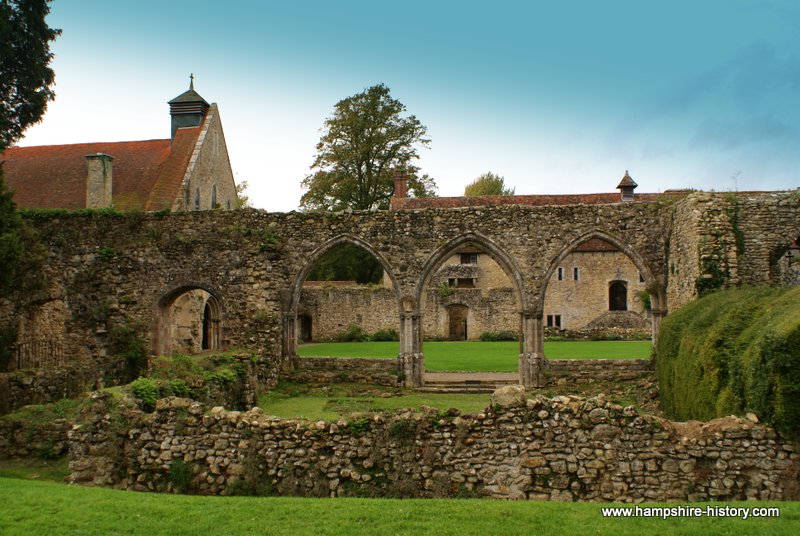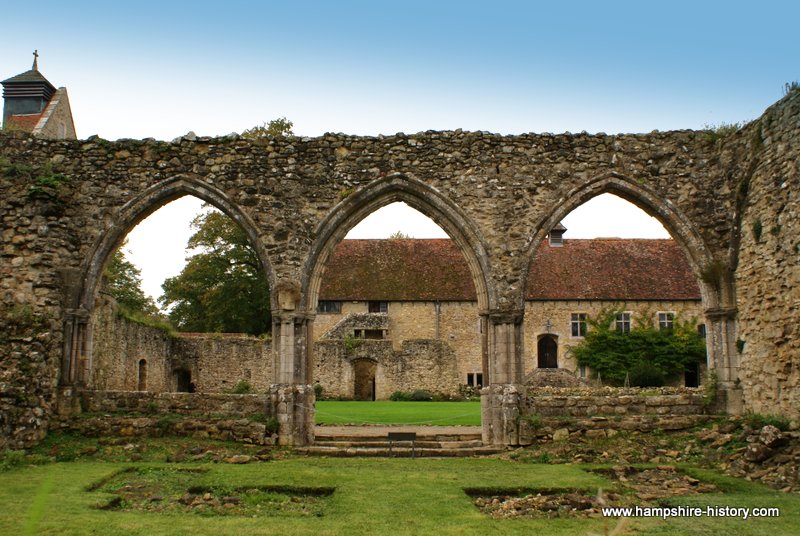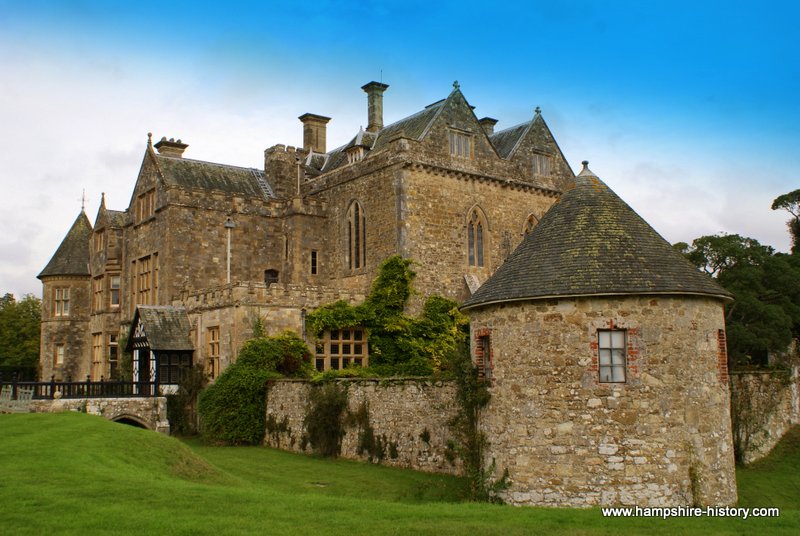Beaulieu Abbey, now a ruin, was built by the Cistercians who gave the site its name Beautiful Place
Beaulieu Abbey has had a long and intriguing history, not least concerning its foundation. Although the truth of it has probably been lost in time, it was known as King John’s good deed. King John was a complex man, whose relationship with the church was complicated.
Beaulieu Abbey was founded in 1204, when King John made a gift of land here to the Cistercian Monks. He had previously fallen out with the White Monks and this gesture was seen as a way of healing the rift but there is no way of knowing this for certain. A legend tells of King John having a nightmare in which he was beaten by White Monks, when he awoke he could still feel the blows on his body and he decided to make amends, by giving them land to build upon.
The New Forest was a suitable location for a number of reasons, it stood on a navigable river allowing goods to be transported between the Abbeys in France and here and there was a fresh water supply and plentiful wood. The land around was suitable for grazing and they were able to make their own cloth from Beaulieu wool. It was also on the doorstep of King John’s hunting grounds, the New Forest.
Beaulieu was King John’s only religious foundation but was important to him, John’s son King Henry III granted additional land to the abbey
Already part of the King’s hunting ground, it was the site of a hunting lodge and had the name ‘Bellus Locus Regis’, meaning the beautiful place of the king and the monks who came over from France rechristened it in their own tongue, ‘Beaulieu’.
In June 1204, 30 monks arrived from Citeaux to begin the building of the Abbey
The Abbey continued to function until the Dissolution at which point in 1538, Beaulieu passed into the ownership Sir Thomas Wriothesley, later Earl of Southampton, who was granted ‘the whole close of Beaulieu‘ by Letters Patent, dated 29th Jul 1538. He paid £1340 6s 8d for the 8,000 acre estate. He acquired other monastic estates in Hampshire including Titchfield, which became the principal family home.
The Wriothesley family owned Beaulieu for 129 years, yet their influence on the Estate was slight; it was regarded as a source of income, not a home.
The history of the house until the early 17th century is a matter for conjecture for no extant records survive. However, once admitted through the Outer Gatehouse the visitor was taken to a square building, known as the Great Gatehouse, also known as Palace House. Wriothesley altered it into a modest manor house, probably by enclosing the entrance arches, and adding an attic floor to provide servant accommodation.
Reference to Beaulieu crops up in documents throughout the C17th and C18th. King James I and his son Charles I paid frequent visits to Beaulieu for sport and hunting. The hunting seems obvious with the whole of the New Forest spread out before them but it is strange to read of the football and bull baiting which were other kingly sporting pursuits enjoyed at Beaulieu Abbey.
From Wriothesley to Montague
Another Thomas Wriothesley heir was a Royalist during the English Civil War His estates were sequestered by Parliament and he had to pay a fine to get them back on Charles II’s restoration. Having no male heir his three daughters drew lots for their portion of the estate and Beaulieu was drawn by the youngest, Elizabeth, who married into the Montagu family, which is how the Montagues became connected with Beaulieu Abbey.



